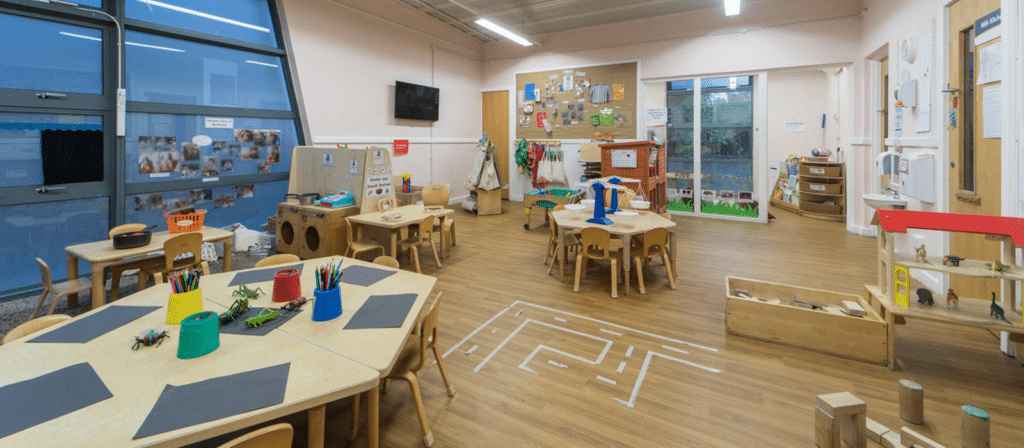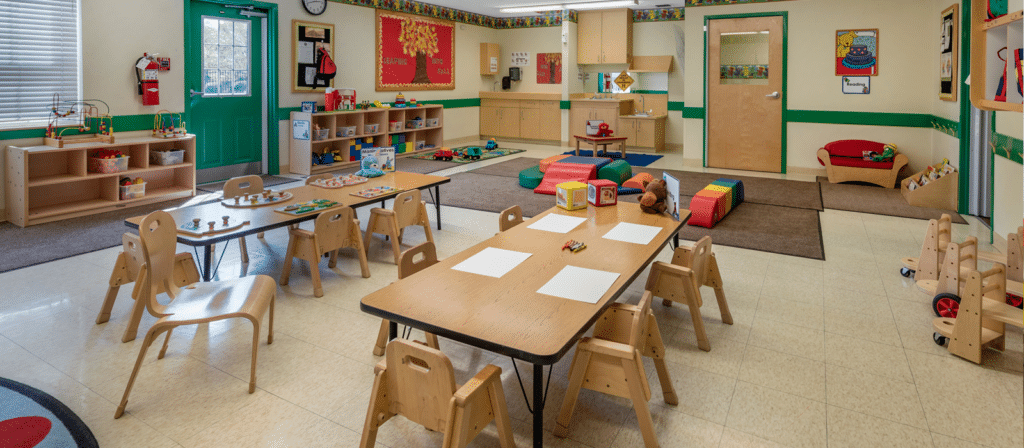Curious about the significance of child-sized furniture in Montessori education? Join us as we uncover the importance of this unique approach to furniture design. Discover how child-sized furniture plays a vital role in supporting a child’s independence, learning, and overall development.
Child-sized furniture is a fundamental element of the Montessori philosophy, as it empowers children to navigate their environment independently, promotes a sense of ownership, and facilitates optimal learning experiences.
How does child-sized furniture support Montessori education?
Child-sized furniture is a cornerstone of the Montessori approach because it empowers children to develop independence and fosters a sense of ownership over their learning environment. When the furniture is scaled to a child’s size, it allows them to explore and engage with their surroundings comfortably. By having furniture designed specifically for them, children feel a sense of belonging and are more likely to take ownership of their learning space.
Creating an environment that promotes autonomy
In the Montessori philosophy, there is a strong emphasis on fostering independence and self-reliance in children. Child-sized furniture supports these ideals by enabling children to take charge of their daily activities. When chairs, tables, and shelves are at a height that matches their physical capabilities, children can effortlessly navigate their environment without relying on adult assistance. This autonomy strengthens their problem-solving skills and encourages them to take responsibility for their actions.
Promoting freedom of movement and exploration
Another crucial aspect of the Montessori method is encouraging children to explore their surroundings and learn through movement. Child-sized furniture allows children to move freely and independently, facilitating their natural inclination to explore their environment. By offering appropriately sized tables and chairs, children can easily sit down, stand up, and move around without feeling restricted. This freedom of movement promotes active learning and engagement.

Fostering a sense of community and collaboration
Child-sized furniture also plays a significant role in promoting collaboration and a sense of community within the classroom. When children are seated at tables that accommodate their size, they can easily engage with their peers, fostering social interaction and teamwork. This collaborative environment facilitates the development of important social skills, such as communication, empathy, and cooperation. By providing child-sized furniture, we are creating an inclusive space where children can interact and learn from one another.
Supporting proper posture and physical development
Proper posture and physical development are vital for children’s overall well-being. Child-sized furniture helps promote good posture by providing chairs and tables that are ergonomically designed for their growing bodies. With chairs at the right height and tables that allow for proper alignment, children can maintain a healthy posture while engaging in various activities. Additionally, child-sized furniture encourages the development of fine motor skills, as children can comfortably manipulate objects on appropriately sized surfaces.
Cultivating a sense of aesthetics and order
In a Montessori environment, aesthetics and order are considered essential elements for creating a harmonious and inviting space. Child-sized furniture, designed with attention to detail and aesthetics, contributes to the overall ambiance of the classroom. When children are surrounded by beautiful and well-designed furniture, it enhances their appreciation for aesthetics and encourages them to take care of their environment. By instilling a sense of order and respect for their surroundings, child-sized furniture promotes a positive and nurturing learning environment.

Creating a sense of comfort and security
Children thrive in an environment where they feel safe and secure. Child-sized furniture provides a sense of familiarity and comfort, allowing children to relax and focus on their learning experiences. When chairs and tables are proportionate to their size, children feel more at ease and are less likely to experience physical discomfort. This sense of comfort helps create a conducive atmosphere for concentration, exploration, and overall well-being.
Conclusion:
Child-sized furniture is a cornerstone of the Montessori approach, providing children with an environment that supports their independence, comfort, and engagement. By embracing furniture designed specifically for their needs, children develop essential life skills, engage in meaningful learning experiences, and gain a sense of empowerment. Understanding the importance of child-sized furniture enables parents, educators, and caregivers to create environments that optimize a child’s development and foster a lifelong love for learning.












